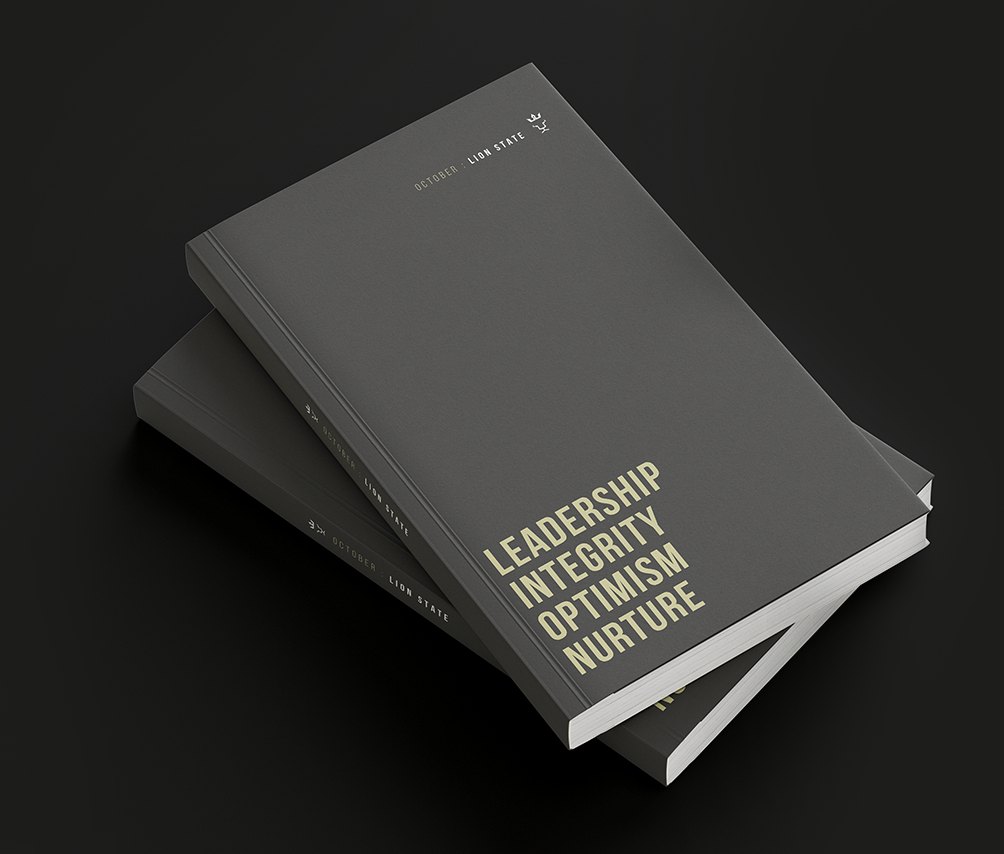Why You Need a Not-To-Do List (Yes, Seriously)
Let’s face it, life without a to-do list is like tea without a biscuit. Unthinkable, right? After all, to-do lists have been around forever—Leonardo Da Vinci had one, Ben Franklin was all over it. And, they work! Well, most of the time.
But here’s the kicker: ever notice how a bunch of those precious to-dos seem to linger forever? According to research, about 50% of tasks on a to-do list are crossed off within a day. Not bad. But, apparently, 41% never see the light of completion. So, what gives?
Here’s a thought: instead of obsessing over what you should do, how about focusing on what you shouldn’t do? Enter the not-to-do list—the list you never knew you needed.

What Is a Not-To-Do List?
Oh great, another list. Stay with me, I promise this one won’t make you want to throw your planner out the window. The not-to-do list is a beautifully simple concept: it’s a list of stuff you actively avoid. Think of it as a “thanks, but no thanks” to all the time-sucking distractions that derail your day.
This isn’t meant to replace your beloved to-do list (don’t worry, you can still have that), but it’s a way to silence some of the chaos. It’s about removing distractions that turn a productive day into a day where you wonder how it’s 5 PM, and you’ve done… well, nothing.
As productivity guru Tim Ferriss says, “Focus on not doing the wrong things, and you might just find yourself with the time and energy to do the right things.”
How Can a Not-To-Do List Help?
Here’s a stat that might make you want to chuck your phone out the window: 80% of workers globally are feeling overwhelmed by today’s info overload. And, it’s not just annoying—it’s actually making us dumber. I know, right? It’s called decision fatigue, and it’s what happens when your brain’s so tired from making decisions, it starts to short-circuit.
Researcher Dr. Roy Baumeister coined the term and found that when we’re hit with too many choices, our ability to focus takes a nosedive. You know that feeling when your to-do list is 150 items deep, and suddenly, scrolling Instagram seems like the only reasonable thing to do? Yeah, that.
But here’s where the not-to-do list saves the day: by cutting down the decisions you have to make, it leaves your brainpower intact for the important stuff. Think of it as decluttering for your mind.
How to Create Your Very Own Not-To-Do List
Take a leaf out of Barack Obama’s book. Remember when he told Vanity Fair he only wears grey or blue suits to avoid wasting time on wardrobe decisions? Genius. The not-to-do list is your equivalent of ditching unnecessary choices.
Here’s how to get started:
1. Set Your Goals
First, figure out what you actually want to achieve. Got a long-term goal you’ve been ignoring, like finishing that thought leadership piece you swore you’d write last year? Use that as your North Star, and start thinking about what activities don’t help you get there.
2. Identify Your Distractions
Next, list all the things that throw you off track. Maybe it’s the endless Slack notifications, or maybe it’s those sneaky WhatsApp messages you can’t seem to ignore. Fun fact: most of us unlock our phones 150 times a day—yep, you read that right. Now, list out those distractions, and get ready to kick them to the curb.
3. Prioritise the List
Now that you’ve got your distractions written down, start prioritising them based on how much they’re messing with your productivity. Your list might look something like this:
-
Goal: Stop working on weekends
-
Delete TikTok during the workweek (or, you know, forever)
-
Stop answering work messages after hours
-
Block off time for deep work and say no to random meetings
-
Resist the urge to answer non-urgent calls (that’s what voicemail’s for, right?)
4. Keep It Specific
Don’t just say, “stop getting distracted.” That’s like telling someone to stop breathing. Be specific. Write things like, “no Instagram during work hours,” or “no checking emails before coffee.” The more detailed, the better. Oh, and write it down—you’re 42% more likely to follow through if it’s on paper. (Science!)
5. Make It Manageable
Let’s be honest—you’re not going to cut out every distraction overnight. And that’s okay. Start with a few key items, and gradually add more as you start feeling more comfortable. Rome wasn’t built in a day, and your not-to-do list doesn’t need to be either.
6. Review and Revise
Just like your to-do list, your not-to-do list will evolve. Maybe you’ll realise that some items aren’t as distracting as you thought, or new distractions might pop up (I’m looking at you, Reels). Keep reviewing and revising to make sure the list stays relevant.
To-Do or Not-To-Do?
Look, there’s nothing wrong with being ambitious. But sometimes, it’s the distractions—and the ridiculously high expectations we put on ourselves—that are the real problem. As productivity expert Bailey Adams says, “We make daily to-do lists that couldn’t be accomplished even in a perfect world without interruptions.”
At the end of the day, it’s not just about what you do—it’s about what you don’t do. So, give yourself a break. Stay realistic, trim the fat, and focus on what really matters.
Life without to-dos? That’s madness. But there’s definitely room for a not-to-do list. Trust me.

Subscribe now:
For just £45 per month
Start your journey today with the Lion State Journal and see your mindset, habits, and life transform.
Step into Leadership—Transform Your Life Today Your transformation starts
now. With Lion State’s clear plan and supportive community, you’ll gain the clarity, confidence, and tools you need to lead with purpose and intention.
Fuel Your Mind
Get inspired, stay motivated, and challenge your perspective with these thought-provoking reads.
Losing Everything. Finding Purpose. My TEDx Experience
Losing Everything. Finding Purpose.My TEDx ExperienceI had to lose everything before I finally understood who I am and what I am here to do. Clarity does not arrive when life is comfortable. It arrives when the ground falls away and you are forced to see yourself...
The Science and Impact of Stress: How It Affects Your Mind, Body, and Life
The Science and Impact of Stress: How It Affects Your Mind, Body, and LifeStress has become a buzzword in modern living, a near-constant companion for many. Whether it stems from work deadlines, family responsibilities, or financial pressures, stress impacts us all....
The Wisdom of Preparedness: Lessons from a Warrior in a Garden
The Wisdom of Preparedness: Lessons from a Warrior in a GardenHave you ever wondered how you'd react if life threw chaos your way? Would you be ready, or would you find yourself overwhelmed and unprepared? An ancient adage provides a timeless lesson: “It is better to...



